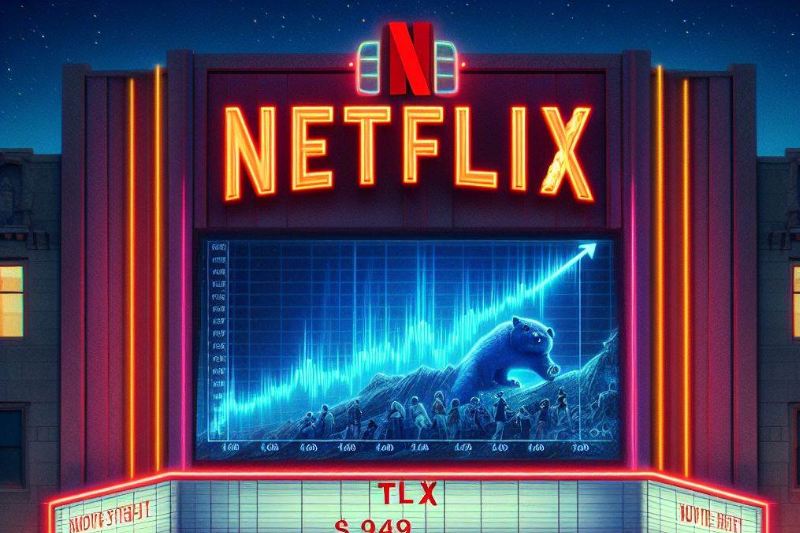Yield power over money to any sovereign, and history proves they will abuse it.
Expecting anything different makes as much sense as leaving a bowl of Skittles in the middle of a playground packed with 8-year-olds and hoping to come back in an hour to enjoy some.
It doesn’t happen.
Whether through clipping gold and silver from coins of old or by printing money to sustain excessive spending today, fiat debasement has the surprise of a full moon.
But I gotta admit, the U.S. has brilliantly managed their power of the purse over the last 70 years. Not to the advantage of savers, mind you. But, on balance, the United States’ exorbitant privilege has worked out well for most Americans.
At least so far.
The secret to that success boils down to one simple fact: very well-established network effects for the U.S. dollar.
For decades, the dollar-denominated nearly all global economic activity. It also fueled the rise of a free humanity’s biggest threat.
And here’s how they pulled it off…
The Dollar Networks Burden
The U.S. managed three incredible feats to allow them to debase their currency and delay the negative effects.
The first was coming out on top after World War II. The Bretton Woods Agreement made the dollar the worlds reserve currency. Next, the petrodollar agreement with the Saudis in 1974 ultimately led to its use as the common denominator in all global trade, not just oil. Both of which I discussed earlier this month.
But as contributors to the dollars success, I’d also add a third factor – our mercantilist policies with China during the 90s and most of this century. We fueled the rise of the Chinese economy by buying cheap Chinese goods with dollar. The Chinese used those dollars to buy U.S. Treasury debt, effectively lending those dollars back to us so we could keep buying more Chinese goods on debt.
Together, these factors conveyed incredible networking effects to the U.S. dollar, allowing America to export the effect of debasement – inflation – to the rest of the world by building a dollar bid into all global trade.
But maintaining those network effects come with a heavy price.
We play nice with despots. We overthrow regimes. And we wage war on countries that attempt to exit the dollar network.
All the while, the strong U.S. dollar network makes it easier and cheaper to wage those wars than it would be otherwise. Seemingly, a virtuous cycle from a certain perspective as we barely notice the effects.
But that exorbitant privilege is under pressure.
The global economy is splitting in two. Russia, China, Iran, possibly Saudi Arabia and others on one side, the West on the other. And that split cuts the dollar network in half.
Whether Rubles, Yuan, or gold, the dollar’s influence wanes.
Plus, Bitcoin and the CryptoVerse it inspired yields a money network far more powerful, and nowhere near as costly to maintain.
A Cost Without Context
Now, nothing comes without a cost. Whether an explicit expense or negative externality, there’s a price to everything. And Bitcoin is no different.
And, to many, the biggest cost imposed on the world by Bitcoin is energy consumption.
Indeed, Bitcoin mining consumes a lot of power. A single transaction consumes 59 days-worth of power for an average U.S. household. Multiply that over 240,000 transactions per day, and you’re talking over 4,000 households.
But this just paints half the picture. For the other half, you must consider how much energy the global banking industry consumes.
According to one recent study, Bitcoin mining consumes half the energy of banking. Now, the study doesn’t make it clear whether that’s the U.S. banking industry or global, but it at least gets the discussion going on a more balanced track.
Plus, the study only considers the electricity consumed in banking and card network data centers, ATMs, and branches. What it doesn’t consider it the energy it took to build those big ole bank buildings to provide a place for everyone involved in the finance sector to work or to get everyone involved in the banking sector to and from work and around the world, etc.
As you tally up the cost, Bitcoin energy consumption looks modest by comparison.
Of course, the real issue is not just gross power consumption, but the mix between renewable and traditional sources of energy. And, here again, Bitcoin comes out ahead.
According to another study, Bitcoin’s energy mix is 56% renewable. Plus, Bitcoin miners are proving effective swing consumers of energy. Energy companies can now mine Bitcoin from natural gas that otherwise gets flared (which creates adds CO2 to the atmosphere without providing any useful work).
And Bitcoin mining can balance power on electricity grids, making them more stable.
Thus, not only does Bitcoin consume far less energy than the dollar network, but it’s also more sustainable as well.
Besides, the ultimate solution makes the entire economy less resource intensive. A burden Bitcoin doesn’t bear alone.
Putting Producers on an Equal Footing
On balance, Bitcoin and other decentralized networks of money carry far fewer costs than the fiat status quo. Plus, it extends its reach without treaties, force, and war.
Bitcoin’s rising influence undermines the U.S. dollar’s ability to export inflation through the exorbitant privilege of its network, putting producers of excess value around the globe — i.e., savers and investors — on equal footing.
Meanwhile, the rug is getting pulled out from under fiat’s feet.
It’s inevitable.
So, keep an eye on your inbox. Or, better yet, drop your email here. That way, you’ll be sure not to miss it.
Think free. Be free.



